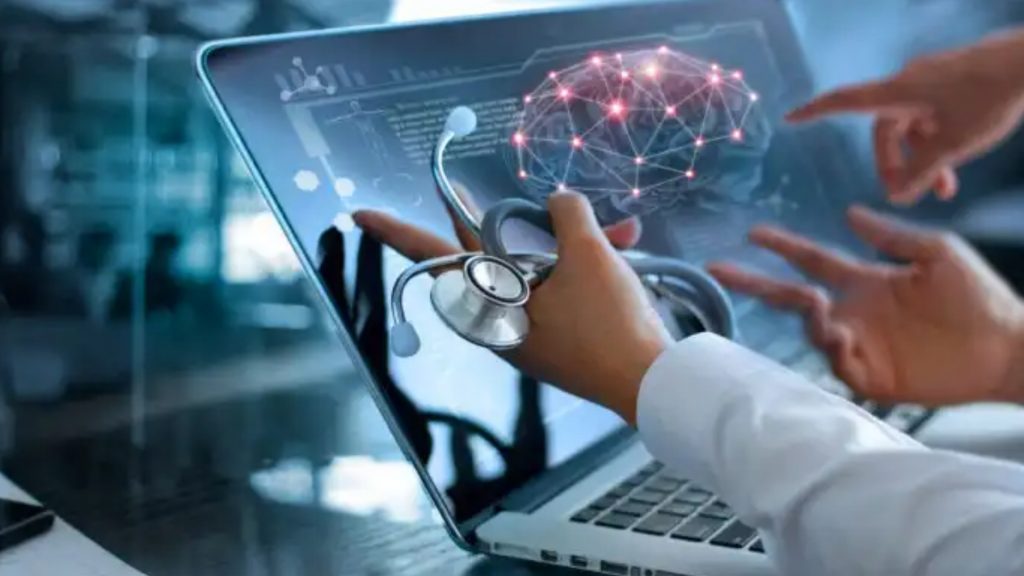
COVID-19, over the past few months, has brought about serious implications in almost all aspects related to human life. The worldwide pandemic has also impacted the educational system, in particular, medical education to a great extent. As the making of future physicians seems disrupted educators around the globe are setting up new domains for providing flawless medical education.
Medical education as we know is not merely about classroom learning, much of the syllabus and learnings revolve around clinical exposures. Medical students for that matter have to be in close proximity with patients and hospital wards even before getting their scholar’s cap. During these unprecedented times, the frequent rotations between departments and hospitals can make them potential vectors for COVID-19. The COVID-19 duty and the two weeks of quarantine that follows are bringing a pause to their routine learning schedule. This applies to the faculties as well.
This scenario certainly opens up the need for a metamorphosis in the learning environments. Modern strategies and techniques that ensure scope for learning by adhering to social distancing norms are already in practice in various medical institutes.The JAMA Networks has recently published an article, pointing to the medical student education in the time of COVID-19. The pre-existing digital platforms and domains, providing online classes, lectures, and discussions have come in handy during this crisis scenario. These changes that originate from the profound effects of COVID-19 may forever change the way by which future physicians are educated.
A New Era In Medical Education?

Innovations in technology and devices have brought about a revolution in the learning experience. The field of medical education cannot remain immune to the effects of this e-revolution. Today, the choice of digital teaching and learning formats in medicine is very heterogeneous. In addition to the widely used classical static formats, social communication tools, audio/video-based media, interactive formats, and electronic testing systems are enriching the learning environments.
Ed-tech companies and e-learning platforms have already opened up new dimensions in the learning arena. Most of these platforms are capable of providing the same immersive experience as that of a classroom discussion or clinical examination, all thanks to modern technologies. These educational media possess several distinct advantages over traditional didactic models of instruction. From ensuring the delivery of the latest evidence-based contents to providing a safe and risk-free learning atmosphere, the e-learning platform has it all covered to impart quality learning hours for the students.
The lock-down and the social distancing norms brought by the pandemic has further emphasised the need and scope of e-learning strategies. Experienced doctors and medical faculties around the world turned online for live sessions, webinars, and interactive classes. Apart from perceiving information, these online sessions provide students with an immense opportunity to meet and interact with highly qualified medical professionals from all across the globe. Small-group formats convene online in virtual team settings, and clinical skills sessions may occur digitally. Study materials are also being provided to students in digital formats. In addition to this, examinations have also transitioned to online settings.
Inspired by the positive outcomes of such learning strategies, many institutes across the globe have opened up their doors to the virtual space. In order to protect their students and doctors from getting infected, a hospital in Tokyo has recently started to live-stream surgical procedures in virtual reality for students stuck at home. The students of Tokyo Women’s Medical University, who can’t attend the regular classes due to medical concerns can now put on a VR headset and tune in to live sessions from the comfort of their homes. Similarly, the Harvard Medical School has announced full-fledged online classes for all first-year students in its medical, dental, and graduate programs this fall.

Medical aspirants are also having a productive learning period as their mobiles and laptops turned into coaching centers. Video lessons and doubt clearing sessions by expert tutors are just a tap away. Question banks are not that old bundle of sheets anymore, Thousands of syllabus oriented questions which are updated on a daily basis are there on these platforms to provide the best possible practice session for all those aspirants who are getting ready for the final match. Apart from this, those digital platforms also host online test series which gives the students an opportunity for self-evaluation to check their understanding and knowledge levels with regard to the subject.
Apart from all these, more complex and advanced digital mechanisms are also deployed to meet the academic needs of medical students. Virtual reality (VR) and Augmented reality (AR) are two simulation models that currently upgrade medical education. While the former provides a 3-dimensional and dynamic view of structures and scope for users to interact with them, the latter provides the ability to project virtual information and structures over physical objects, thus enhancing or altering the real environment. The integration of AR applications in the understanding of anatomical structures and psychological mechanisms seems to be beneficial. In short, these modern technologies regardless of their physical presence helps the medicos to get an interactive experience in clinical cases and hospital settings.
The period has also witnessed a drastic increase in the number of medical research studies that are coming in on various aspects related to health and medical science. In this way, most of the faculties and students from different parts of the world have transformed the lock-down days into a productive learning period. From browsing to publishing, Internet has been facilitating all the needs of these researchers.
What does the future hold?
Despite the challenges posed by the pandemic, several resourceful initiatives were implemented with the help of advanced technologies and strategies, leading to apparent changes in medical education, but outcomes of these changes will require subsequent evaluation.
A paradigm shift from a medical college or institute settings to an off-site atmosphere or home can result in isolation, vagueness, digital divide, and struggles with establishing boundaries between profession and home, which could affect students, faculty, and the support staff. However, over the course of time, numerous medical institutes all across the country have come up with specific guidelines and notifications for the commencement of online classes as they are not willing to risk the career of the future physicians.
The medical field has evolved a lot over time, it has grown stronger by learning from difficult experiences in the past. Even this unprecedented pandemic is a learning curve for those associated with the medical stream. The ongoing changes and transformations should be treated in a flawless manner without losing the essence and quality of medical education. A scientific and systematic approach should be used while restructuring the medical curriculum so much so that the changes brought about by the pandemic should go in as a seminal moment in the history of medical sciences.